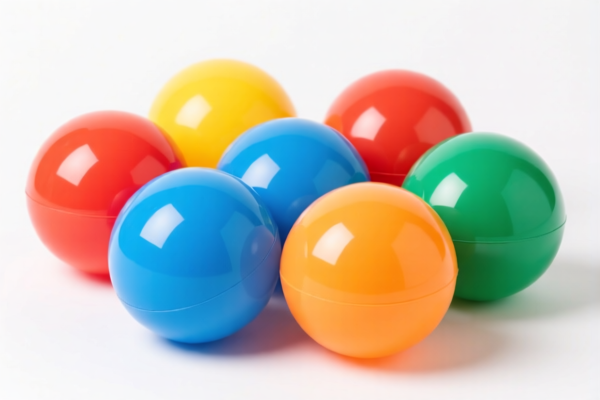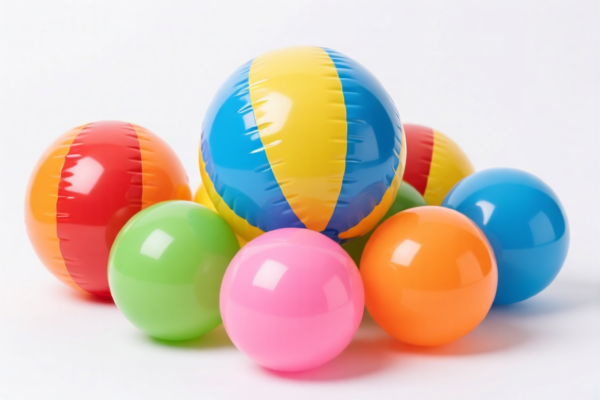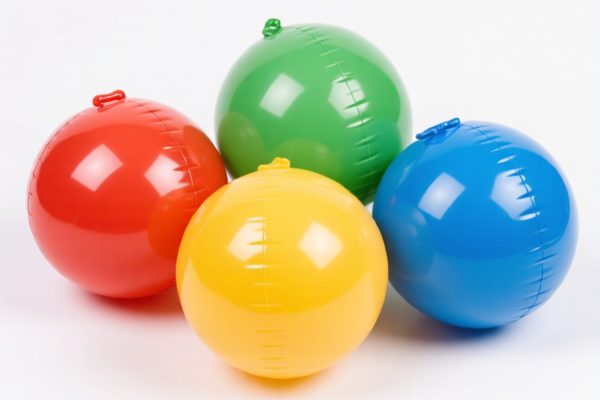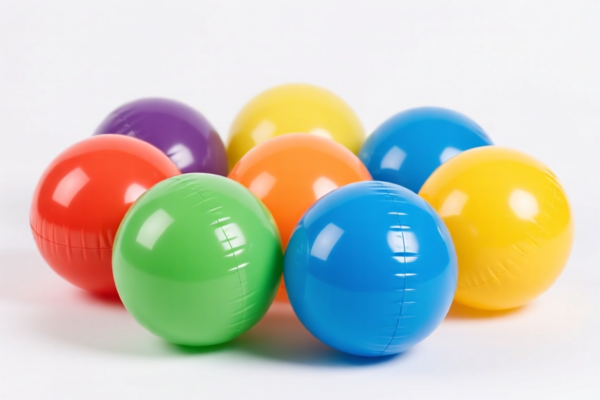| HS Code | Official Doc | Tariff Rate | Origin | Destination | Effective Date |
|---|---|---|---|---|---|
| 9503000071 | Doc | 30.0% | CN | US | 2025-05-12 |
| 9503000090 | Doc | 30.0% | CN | US | 2025-05-12 |
| 3926901600 | Doc | 40.6% | CN | US | 2025-05-12 |
| 3926909989 | Doc | 42.8% | CN | US | 2025-05-12 |
| 3924905610 | Doc | 40.9% | CN | US | 2025-05-12 |
| 3924905650 | Doc | 40.9% | CN | US | 2025-05-12 |




Pet Toy Ball
A pet toy ball is an object designed for play by pets, typically dogs and cats, though other animals may also utilize them. These balls come in a wide variety of materials, sizes, and designs to suit different pet preferences and play styles.
Material
Pet toy balls are constructed from a diverse range of materials, each with its own characteristics:
- Rubber: A common material, known for durability and bounce. Natural rubber is often preferred for its non-toxic properties, while synthetic rubbers offer increased resilience.
- Plastic: Lightweight and affordable, often used for balls with textured surfaces or internal mechanisms. Can be less durable than rubber.
- PVC: A type of plastic offering flexibility and resistance to wear.
- Felt/Cloth: Softer materials, generally used for indoor play and gentler on teeth. Often used for cat toys.
- Nylon: A durable synthetic fabric, often used in balls designed for tug-of-war or aggressive chewers.
- Cotton: Typically used for softer, plush balls, suitable for light play or comfort items.
Purpose & Function
The primary purpose of a pet toy ball is to provide mental and physical stimulation for pets. Functions include:
- Exercise: Encouraging running, chasing, and fetching.
- Play: Satisfying a pet’s natural instincts to chase and pounce.
- Dental Health: Some balls feature textures designed to help clean teeth during chewing.
- Reducing Boredom: Preventing destructive behavior resulting from lack of stimulation.
- Bonding: Providing an interactive activity for pets and their owners.
Usage Scenarios
Pet toy balls are used in a variety of settings:
- Indoor Play: Soft balls are ideal for indoor games, minimizing damage to furniture.
- Outdoor Play: Durable rubber or plastic balls are suitable for fetch and play in yards or parks.
- Training: Balls can be used as rewards during training sessions.
- Puzzle Toys: Some balls incorporate internal compartments for treats, encouraging problem-solving.
- Solo Play: Many pets enjoy playing with balls independently.
Common Types
- Standard Rubber Balls: Classic, durable balls for fetching and chewing.
- Tennis Balls: Popular, though abrasive to teeth with prolonged use.
- Chuckit! Balls: Highly durable rubber balls designed for use with a Chuckit! launcher, increasing throwing distance.
- Light-Up Balls: Enhance visibility during nighttime play.
- Sound Balls: Feature squeakers or rattles to attract a pet’s attention.
- Treat-Dispensing Balls: Release treats as the pet plays, providing mental stimulation.
- Puzzle Balls: Require the pet to manipulate the ball to release treats.
- Catnip Balls: Filled with catnip to entice cats to play.
- Wobble Balls: Designed to roll unpredictably, stimulating a pet’s chase instinct.
- Interactive Balls: Often include remote control or automated features for engaging play.
Pet toy balls fall under the category of toys, specifically those made of plastic or other materials. Based on the provided information, the following HS codes are relevant:
- 9503000071: This HS code covers Tricycles, scooters, pedal cars and similar wheeled toys; dollsʼ carriages; dolls, other toys; reduced-scale (“scaleˮ) models and similar recreational models, working or not; puzzles of all kinds; parts and accessories thereof “Childrenʼs productsˮ as defined in 15 U.S.C. § 2052: Other: Labeled or determined by importer as intended for use by persons: Under 3 years of age. While primarily for children, this code could apply if the ball is marketed for very young children. The tax rate is currently 0.0% base tariff, 0.0% additional tariff, and will be 30.0% after April 2, 2025.
- 9503000090: This HS code covers Tricycles, scooters, pedal cars and similar wheeled toys; dollsʼ carriages; dolls, other toys; reduced-scale (“scaleˮ) models and similar recreational models, working or not; puzzles of all kinds; parts and accessories thereof Other. This is a broader category for toys not specifically designated for children under 3. The tax rate is currently 0.0% base tariff, 0.0% additional tariff, and will be 30.0% after April 2, 2025.
- 3926909989: This HS code covers Other articles of plastics and articles of other materials of headings 3901 to 3914: Other: Other. If the pet toy ball is made of plastic and doesn't fall into a more specific category within 3926, this code applies. The tax rate is currently 5.3% base tariff, 7.5% additional tariff, and will be 30.0% after April 2, 2025.
It is important to determine the material composition of the pet toy ball. If it is made of plastic, HS code 3926909989 is likely the most appropriate. If it is not plastic, further investigation into the material would be needed.
Regarding HS code 9503000071 and 9503000090, please note that these codes relate to "Children's products" as defined in 15 U.S.C. § 2052. Importers should verify if the pet toy ball meets the criteria for this definition.
Customer Reviews
No reviews yet.